VISCIOUS FIRES
Added on: 14th Sep 2015
THE 2010 DHAKA FIRE
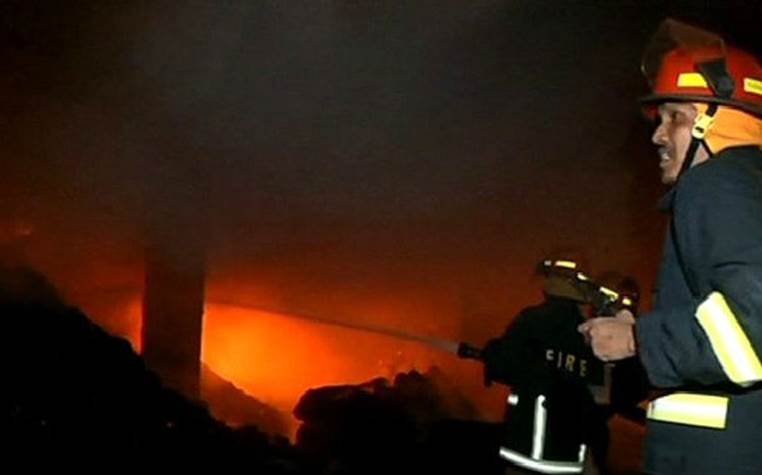
In June 2010 more than 120 people were killed in a fire that razed
apartments in an old section of Dhaka, the capital of Bangladesh.
It is considered to be the worst and deadliest fire in Dhaka since
the country achieved independence in 1971.
THE GREAT FIRE OF MONTREAL
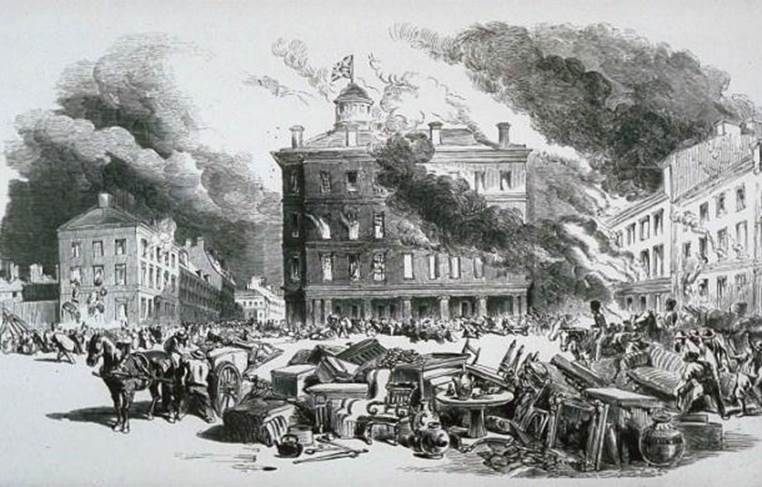
The 1852 Great Fire of Montreal was a disaster waiting to happen:
a combination of bad fortune, bad weather, and bad management
as most Canadian historians agree. The lack of water in the city
played a decisive role in the tragic incident and was the main
reason it took so long for local authorities bring the fire under control.
As many as ten thousand people ended up homeless in a city of
only fifty-seven thousand. The disaster led to the construction of the
newer and larger McTavish Reservoir and to the dismissal of the city’s
chief engineer, who had coordinated Montreal’s all-volunteer fire
companies, for failing to respond fast enough to stop the blaze.
THE GREAT MEDIEVAL FIRE OF LONDON (1212)
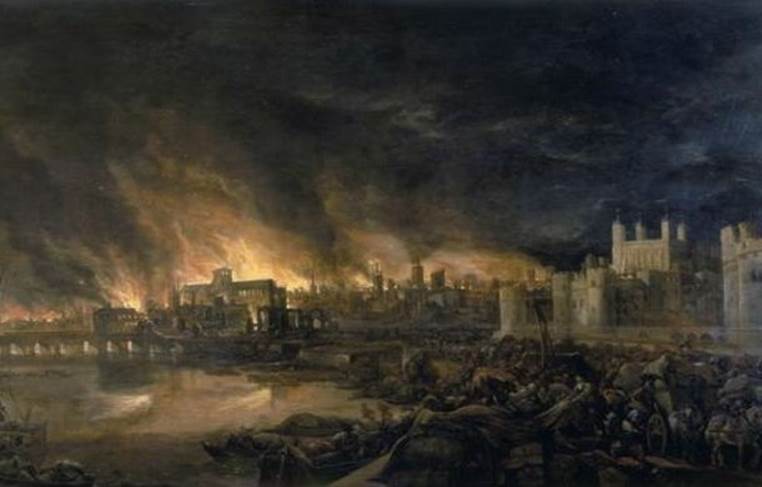
The second of the two great medieval fires of London
(the first was in 1135), also known as “the Great Fire of Southwark,”
was undoubtedly one of the deadliest and most catastrophic of
this period. It began on July 10, 1212, in Southwark, the borough
directly to the south of London Bridge, and according to various
estimations more than three thousand people were killed on
London Bridge alone, when the whole city’s population at this
time was no more than forty thousand.
KURSHA-2 FIRESTORM

Kursha-2 was the name for the Soviet community in the Central
Meshchyora, Ryazan Oblast. It was built soon after the October
Revolution for the exploitation of the local forests, and was
annihilated by a firestorm on August 3, 1936. The huge disaster
is considered the worst in the short history of the Soviet Union
and caused a macabre total of 1,200 deaths.
THE GREAT PESHTIGO FIRE
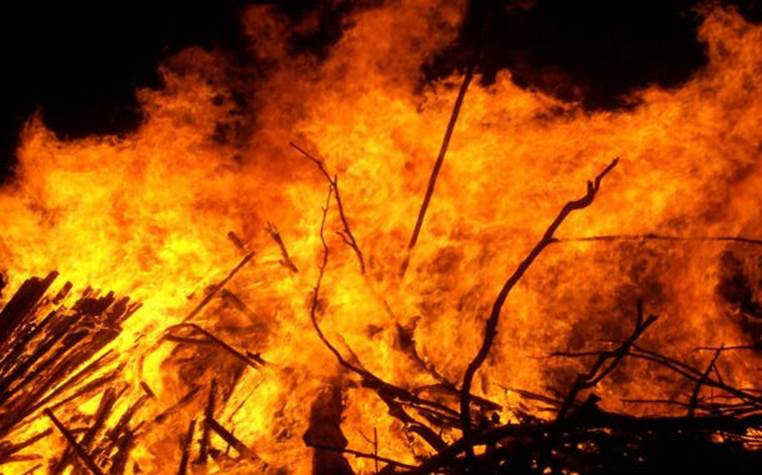
On the evening of October 8, 1871, the worst recorded forest fire in
North America raged through north eastern Wisconsin and
Upper Michigan, destroying millions of dollars’ worth of property and
timberland, and killing about two thousand people.
THE GREAT FIRE OF ROME
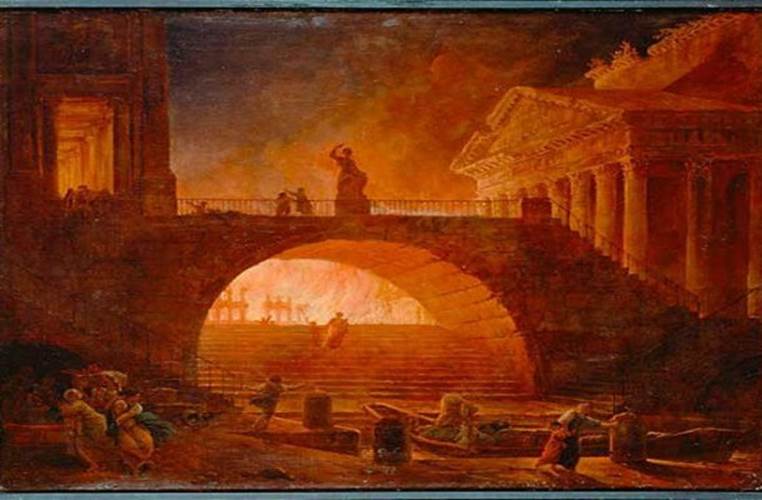
During the night of July 18, 64 AD, one of the deadliest and most
disastrous fires of antiquity broke out in the merchant area of Rome,
destroying most of the city. Fanned by summer winds, the flames
quickly spread through the dry, wooden structures of the Imperial City.
It caused widespread devastation before being brought under
control after six days, and despite the well-known stories, there is
no evidence that emperor Nero, either started the fire or played
the fiddle while it burned. Still, he did use the disaster to further
his political agenda.
THE GREAT FIRE OF SMYRNA
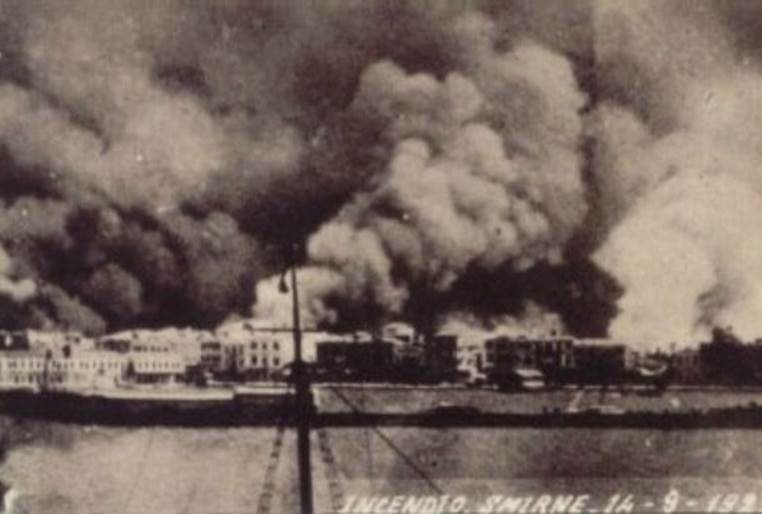
Smyrna was one of the wealthiest cities in all Europe at the
beginning of the twentieth century and hosted one of the
largest populations of Greeks and Armenians. During the
Greco-Turkish War between 1919 and 1922, Greek armed forces had
taken control of Smyrna on May 15, 1919. When the Turkish army
regained the city on September 9, 1922, a large number of Greeks
and Armenians were killed as part of the Greek genocide
orchestrated between 1914 and 1923.
Even though no one can say for sure when the Great Fire of
Smyrna started, historians believe it was on September 13, 1922,
and that it burned for almost nine days, until it was finally
extinguished on September 22. It is estimated that nearly
100,000 Greeks and Armenian citizens died because of it.
THE GREAT FIRE OF MEIREKI
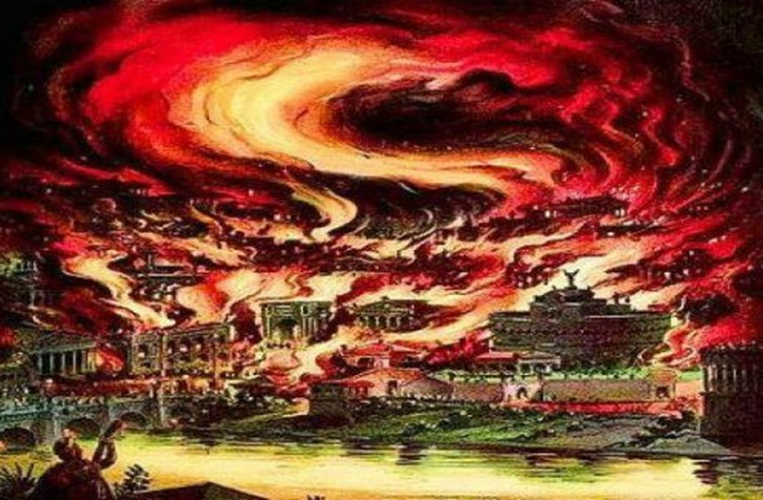
Many historians claim that the Great Fire of Meireki, also known as the
Furisode Fire, is the deadliest and most disastrous fire in recorded
history. It destroyed almost sixty to seventy percent of the
Japanese capital of Edo (present-day Tokyo) on March 2, 1657,
during the third year of the Meireki Imperial period. The fire lasted
for three days, and is believed to have left over 100,000 civilians dead.

Comment on this